Papers by Alexandria Mitchem
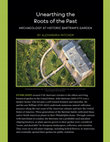
Expedition Magazine, 2022
BY ALEXANDRIA MITCHEM ESTABLISHED around 1728, Bartram's Garden is the oldest surviving botanical... more BY ALEXANDRIA MITCHEM ESTABLISHED around 1728, Bartram's Garden is the oldest surviving botanical garden in the United States. John Bartram (1699-1777) was a Quaker farmer who became a self-trained botanist and naturalist. He and his son William (1739-1823) undertook numerous natural collection journeys along the east coast of the American colonies and later the United States of America. Three generations of the Bartram family cultivated these native North American plants in their Philadelphia home. Through contacts with merchants in London, the Bartrams ran a profitable seed and plant clipping business, as plant species grown in their garden were considered "exotic and desirable" by European landscapers, collectors, and scientists. They went on to sell plant clippings, including hybrid flowers, to Americans and eventually opened their garden for public visitation. Unearthing the Roots of the Past ARCHAEOLOGY AT HISTORIC BARTRAM'S GARDEN The Bartram family home, built in 1731, and its associated Ann Bartram Carr garden viewed from above. Drone image by Jason Herrmann. 1758 "draught" or draft of the Bartram home and garden drawn by William Bartram. Image courtesy of Joel Fry, Bartram's Garden.
Publications by Alexandria Mitchem

Southeastern Archaeology, 2024
The archaeological record of the Lower Mississippi Valley represents a long history of Indigenous... more The archaeological record of the Lower Mississippi Valley represents a long history of Indigenous people making wide and variable use of the region’s exceptionally rich ecosystems. Often, archaeological interpretations of these interactions focus on subsistence and do not take into consideration non-food uses of plants and animals. Our excavations at two Coles Creek (AD 750–1000) mound centers, Feltus and Smith Creek, yielded curious concentrations of sweetgum (Liquidambar styraciflua) in addition to the expected suite of plants. We first discuss the archaeological context of sweetgum on these sites, then outline our methods of identifying the plant in archaeological samples. We detail the process of identifying sweetgum both in-field and from flotation and water-screening samples and provide identification criteria that can be used by other analysts. Finally, we review what we know about sweetgum use from the broader archaeological, ethnohistoric, and ethnographic records. Drawing these lines of evidence together, we synthesize pre – and post-colonial ethnobotany to hypothesize about how and why Coles Creek people used this plant in ceremonial activities taking place at mound centers.

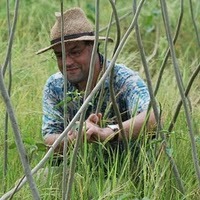

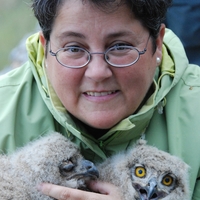

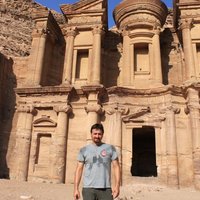




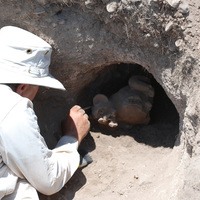
Uploads
Papers by Alexandria Mitchem
Publications by Alexandria Mitchem